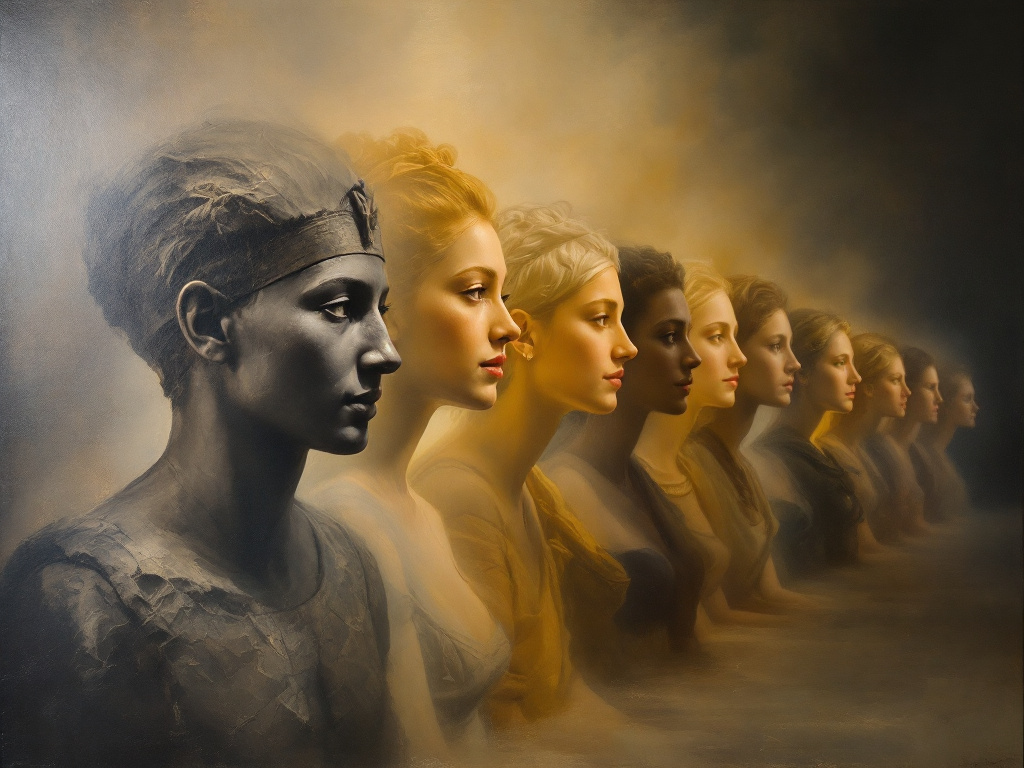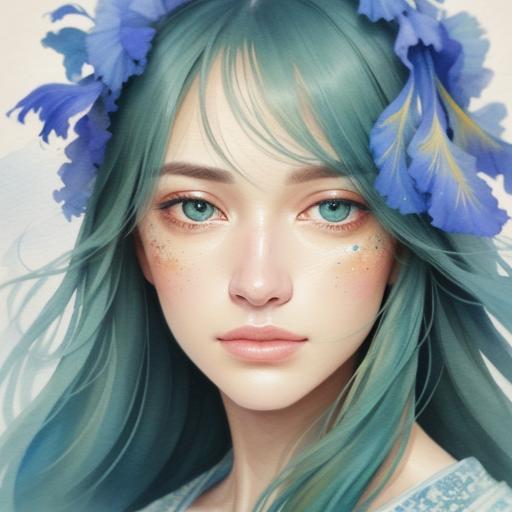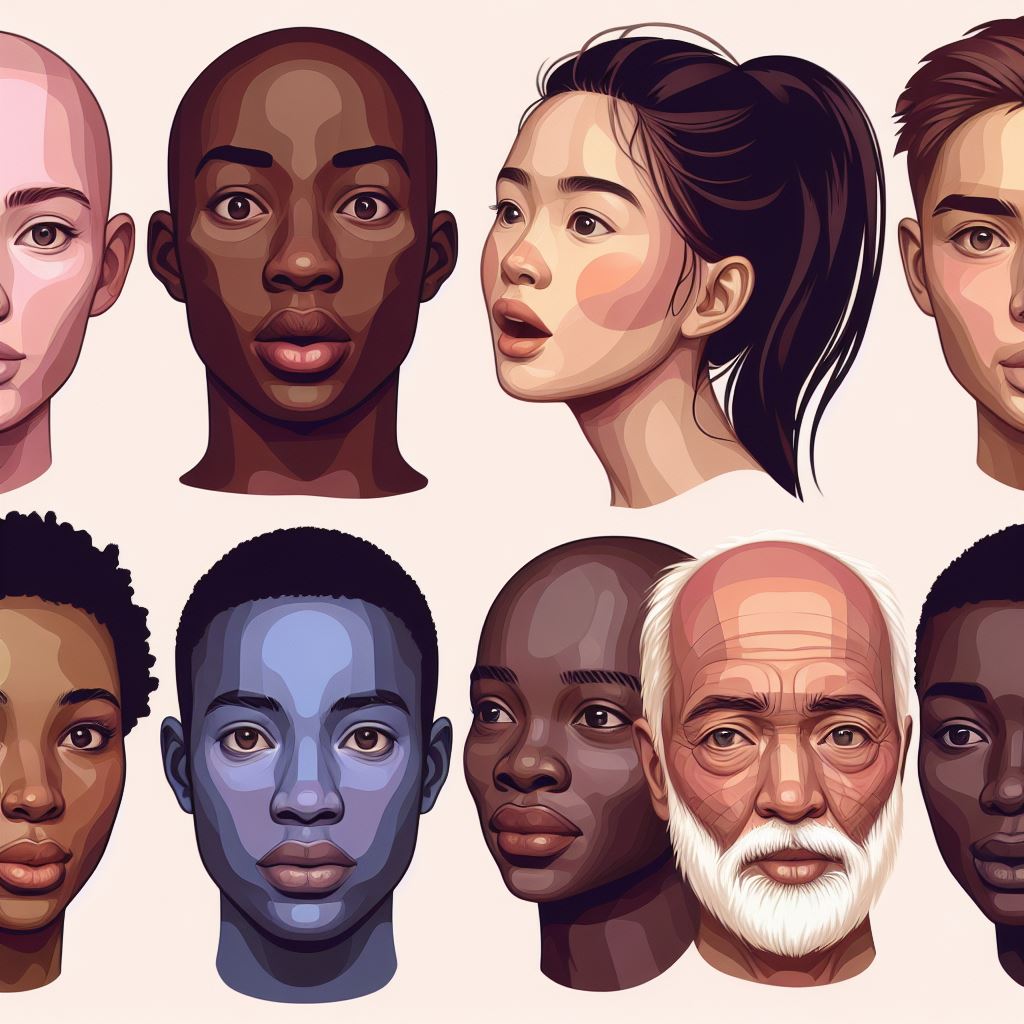
Have you ever wondered how portrait painting has changed over time? From ancient Egyptian wall paintings to today’s digital portraits, the history of portrait painting is a fascinating journey through time. Let’s explore how artists have captured human faces and personalities across different periods and cultures.
Early Beginnings: Ancient Portraits Around the World
The story of portrait painting begins thousands of years ago. Ancient Egyptians painted portraits of their pharaohs and nobles on tomb walls. Unlike the more familiar portraits of today, these works adhered to strict conventions, often depicting subjects in profile to emphasize their significance and status. Meanwhile, in ancient Rome, artists created realistic portraits on wooden panels and coins, aiming to capture an accurate likeness.
In ancient China, court painters created detailed portraits of emperors and their families during the Han Dynasty (206 BCE – 220 CE). These portraits adhered to strict rules that emphasized the emperor’s dignity and power. Artists used fine brushwork and soft colors to paint on silk, producing images that appeared both powerful and graceful.
Similarly, in ancient Peru, the Moche civilization (100-700 CE) produced remarkable ceramic portraits. These sculptures detailed individual faces, capturing every wrinkle, expression, and facial decoration, reflecting the Moche culture’s emphasis on individuality and their desire to commemorate specific people in their community. These artifacts offer a vivid glimpse into the appearance and culture of ancient Peruvians.
Medieval Times: Symbols and Status Across Continents
During the Middle Ages (500-1400 CE), portrait painting diverged significantly across different regions. In Europe, portraits often highlighted a person’s social status, featuring gold backgrounds and religious symbols to signify importance. These works emphasized spiritual significance over physical realism.
In Japan, artists of the same period created “nikuhitsu-ga” portraits of esteemed monks and warriors. These works employed precise ink techniques and light colors, often accompanied by poetic calligraphy.
Meanwhile, Islamic art developed a distinctive style. Although many Islamic traditions discouraged depicting human faces, Persian miniature painters produced intricate portraits of rulers and poets. These artworks showcased vibrant colors and detailed patterns to convey their subjects’ significance.
Renaissance Revolution: Global Perspectives on Realism
The Renaissance (1400-1600) marked a transformative era for portrait painting in Europe, with artists like Leonardo da Vinci pioneering new techniques for realism and depth. Perspective, chiaroscuro (the use of strong contrasts between light and dark to create depth and dimension), and anatomical accuracy became defining features of this period.
At the same time, other cultures were developing their own approaches. In India, Mughal Empire artists blended Persian and European techniques to create portraits that were both lifelike and decorative. Emperors Akbar and Jahangir championed this innovative style, fostering a fusion of cultural traditions.
In Korea, during the Joseon Dynasty, “changsaeng” portraits emerged as a hallmark of precision. These paintings meticulously depicted even the finest details, such as individual beard hairs, showcasing a high level of craftsmanship and respect for realism.
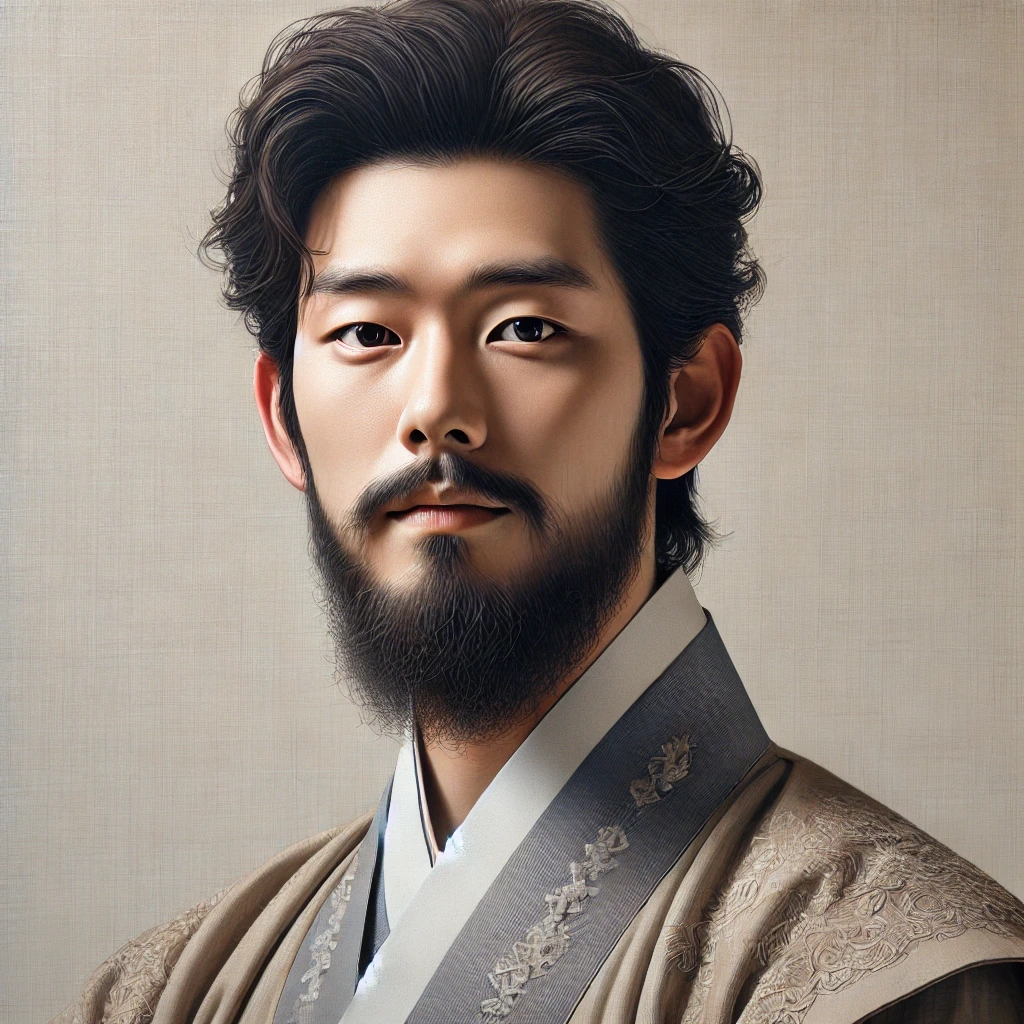
Cultural Crossroads: Portraits in the Colonial Era
The 1700s and 1800s saw increased interaction between cultures, leading to fascinating stylistic exchanges. In Mexico, “casta paintings” depicted families of mixed cultural backgrounds, combining European artistic techniques with local themes.
Chinese artists began incorporating European realism into their work during this era. Likewise, in Japan’s Meiji period (1868-1912), artists like Kuroda Seiki merged Western oil painting methods with Japanese aesthetics, creating a unique hybrid style.
Modern Global Perspectives
Today, portrait artists continue to innovate, drawing on a rich tapestry of traditions and contemporary influences. For instance, South African artist Zanele Muholi uses photography to create powerful self-portraits exploring identity and activism, while American painter Kehinde Wiley reimagines classical portraiture with contemporary subjects and vibrant patterns. Nigerian artist Njideka Akunyili Crosby combines painting with photographs and cultural patterns to tell layered stories. Chinese artist Zhang Xiaogang’s haunting family portraits delve into memory and history, blending personal and collective narratives.
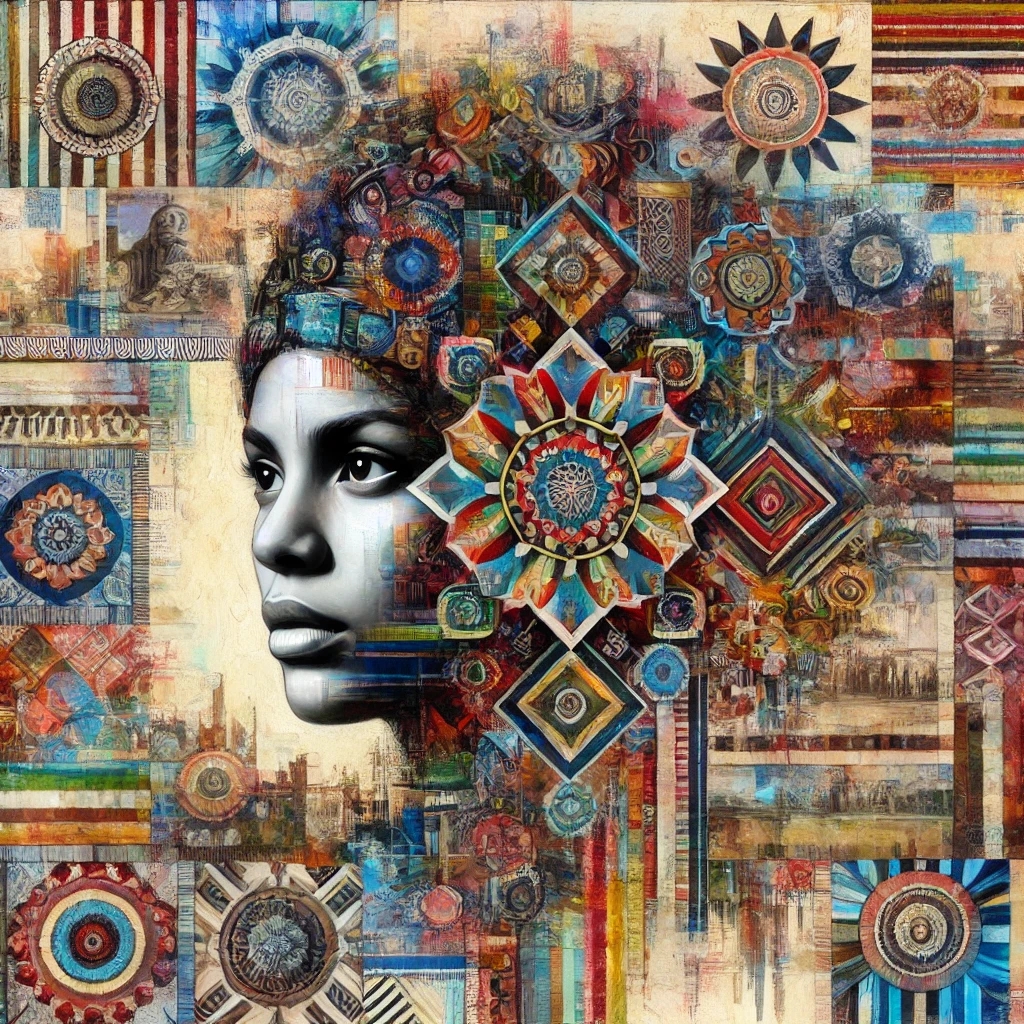
Amazing Portrait Traditions You Might Not Know About
- Ethiopia: Traditional artists painted rulers and saints using bright colors and exaggerated eyes to symbolize spiritual significance.
- Australia: Aboriginal artists created portraits with dots and symbols, weaving stories about their deep connection to the land.
- Tibet: Portraits of religious leaders were crafted with precious materials like gold and crushed gemstones.
- Native America: Ledger artists in the 1800s sketched portraits on accounting book pages, developing a distinctive and poignant art style.
The Future of Portrait Painting
Portrait painting remains as vibrant as ever, evolving with new technologies and artistic movements. Digital tools allow artists to push boundaries, creating works that combine traditional techniques with modern innovation. Whether painted on canvas or rendered on a tablet, portraits continue to capture the essence of humanity, connecting us across time and cultures.
If you’re inspired to explore more, visit your local art museum. Many museums feature collections of portraits from various cultures and time periods. Who knows? You might discover incredible traditions and stories waiting to be uncovered.

